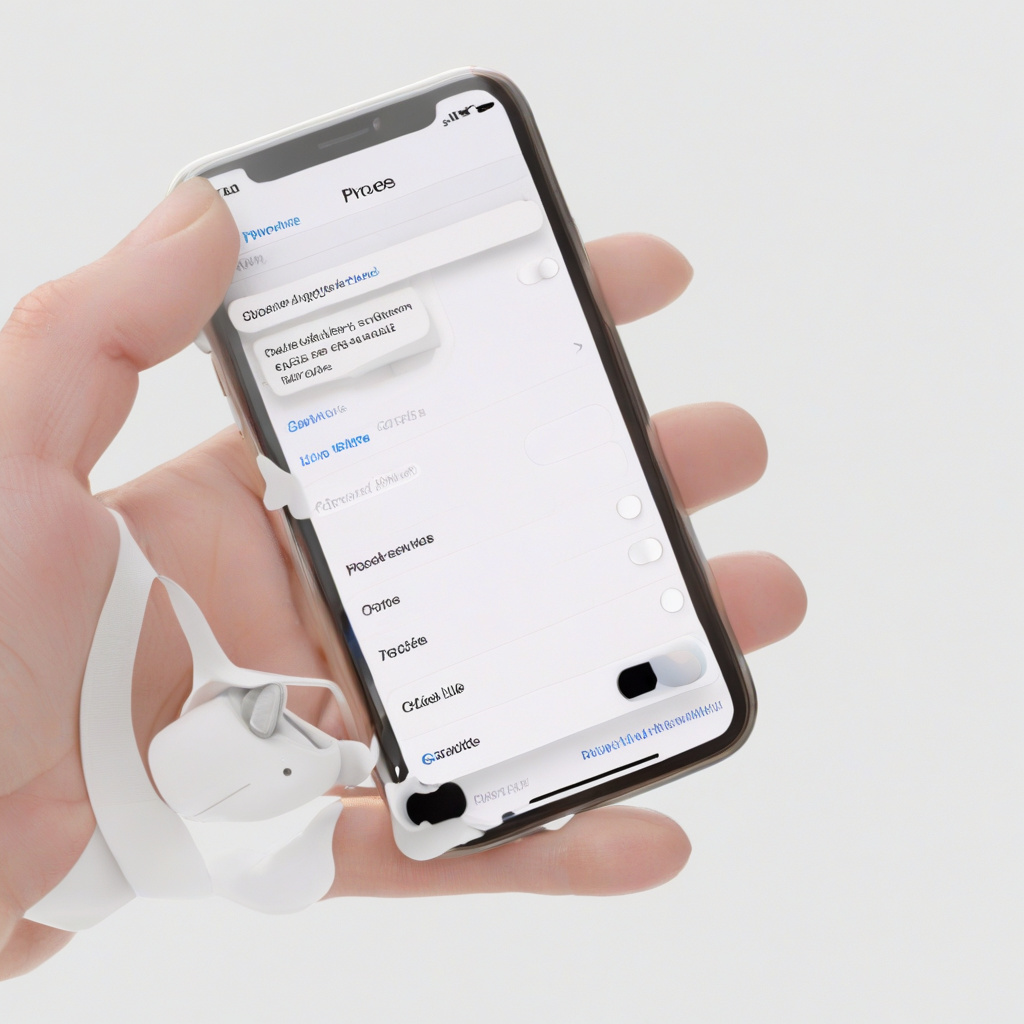In the era of eSIM dominance, knowing how to manage these virtual SIMs on your iPhone is crucial. Whether you’re switching carriers, upgrading your device, or simplifying your eSIM roster, deleting an eSIM is a handy skill to have. But before you dive into the deletion process, there are a few key points to keep in mind.
Firstly, understand that when you delete an eSIM from your iPhone, you are actually removing the eSIM’s profile, not the eSIM itself. Think of it as uninstalling an app – you’re wiping out the stored data associated with that specific eSIM profile. This action ensures that any personal information linked to that eSIM is effectively erased.
When considering deleting an eSIM, remember that each iPhone can accommodate up to eight eSIMs, with only two being active simultaneously. Streamlining your eSIM collection can declutter your device and prevent unnecessary complications down the line. Plus, removing defunct or redundant eSIMs can streamline your device’s performance.
To delete an eSIM from your iPhone, follow these simple steps:
- Open your iPhone’s Settings.
- Navigate to the Cellular (or Mobile Service in the UK) section.
- Locate the eSIM profile you want to remove from the list of installed eSIM profiles.
- Select the specific eSIM you wish to delete.
- Tap “Delete eSIM” for a single eSIM plan or “Delete Plan” for multiple eSIMs.
- Confirm your selection, and the eSIM profile will be promptly removed from your device.
If you have multiple eSIMs installed along with a physical SIM card, ensure you select the correct eSIM for deletion. This extra precaution avoids inadvertently removing the wrong eSIM profile from your device.
By following these straightforward steps, you can efficiently manage your eSIM lineup on your iPhone. Remember to consider the implications of deleting an eSIM, such as canceling your cellular plan and removing associated services. With a clear understanding of how to delete an eSIM and why it’s essential, you can optimize your iPhone’s functionality and streamline your digital connectivity.

